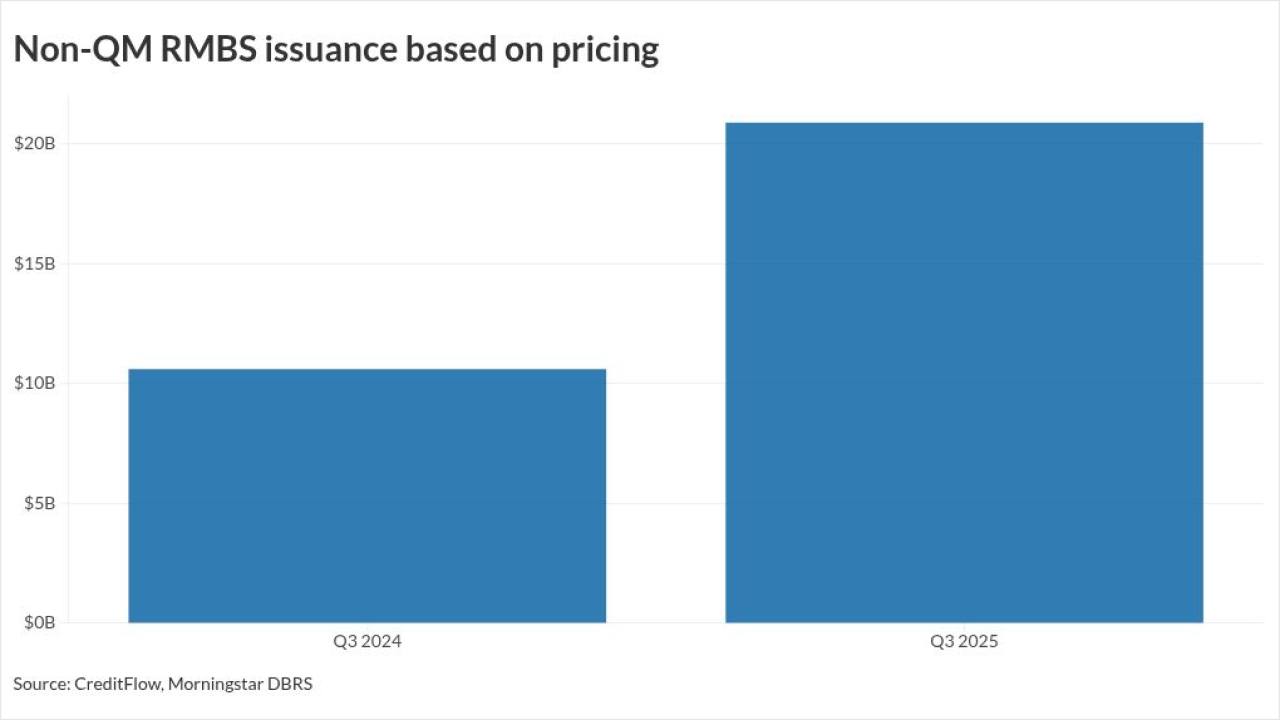Nonbanks continue to expand their share of lending volumes as depositories keep scaling back their business in the residential mortgage space. And that could work to the benefit of the refinance market.
Regulatory pressures have fanned the flames on commercial banks' retreat from mortgage lending, Kroll Bond Rating Agency noted in a report on the outlook of the mortgage industry. For many banks, the costs associated with these products have kept residential mortgages "a single-digit return proposition" on a risk-adjusted basis, the Kroll analysts wrote.
As such, Kroll noted that more than half of the banks it rates have scaled back or eliminated residential lending entirely. Those that have remained, including Wells Fargo and JPMorgan Chase, focus on high-FICO lending, whereas just five depositories feature in the top-25 list of lenders in the FHA market.
But as nonbanks have become more important to the market for one- to four-family loans, the banking industry has continued to reap the rewards of its virtual monopoly on warehouse lending, Kroll noted.
"Nonbanks are now entirely dependent upon commercial banks to fund new mortgage originations, advance lines and other fully secured short-term liabilities," the analysts wrote. "As a result, as commercial banks withdraw from mortgage lending, the only way for nonbanks to make up the difference and maintain or even increase new loan origination volumes is for banks to increase warehouse lines."
Nonbank lenders' growing share of the residential lending market has other ramifications — including a potential boost to refinance activity, thanks in part to these lenders looser credit terms. This factor, when coupled with a drop in interest rates thanks to global issues, could help mortgage refinance volume to reach half of total originations.
Overall, Kroll predicted a bullish year for purchase loans as well. Additionally, the ratings agency said that looser credit standards and a rising proportion of repeat buyers should continue to buoy home prices. But lenders may not want to celebrate this news just yet, the agency cautioned.
"We believe that lenders, investors and policy makers need to be cautious as the U.S. home market ends its sixth year of price increases at rates of appreciation that remain a multiple of underlying GDP growth," the analysts said.




